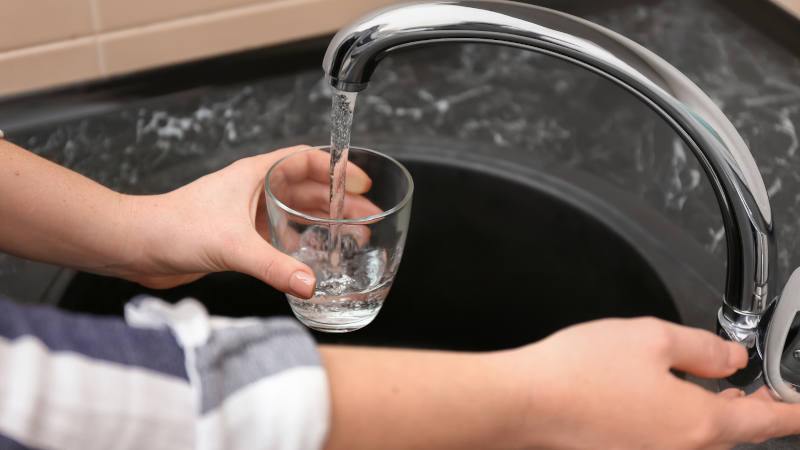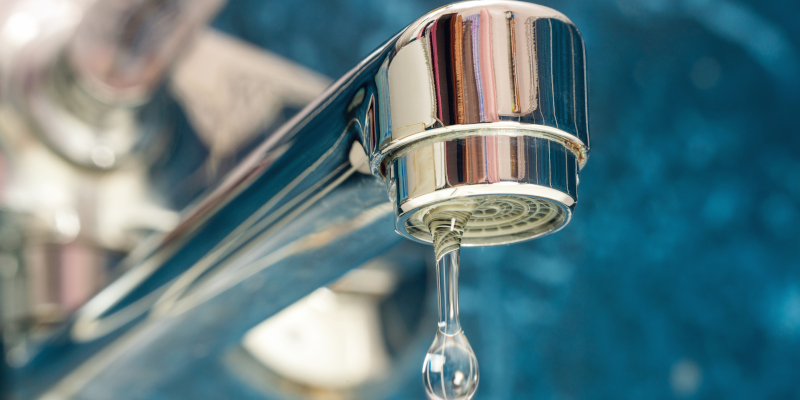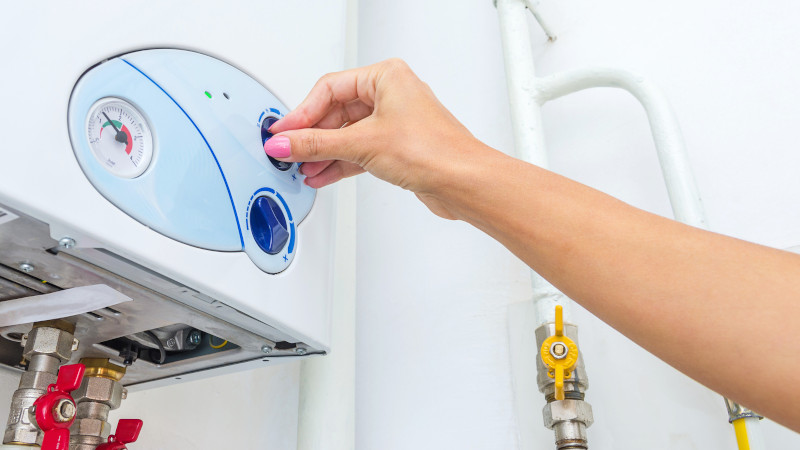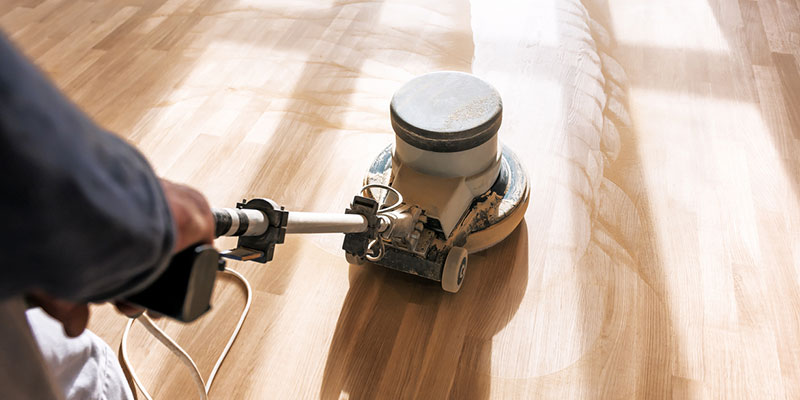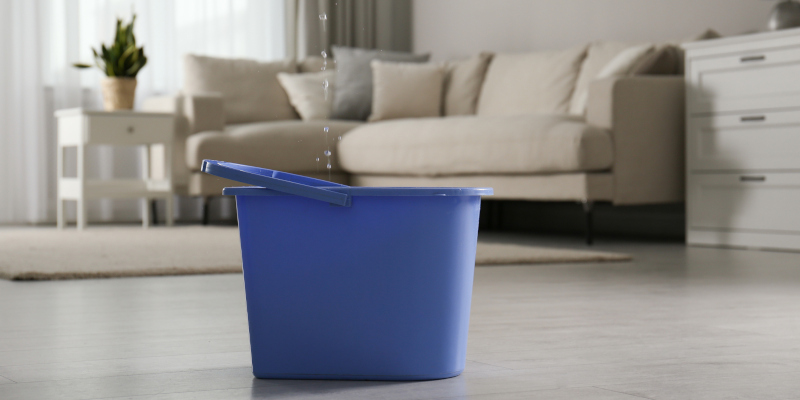Water Treatment Using Water Deionizer
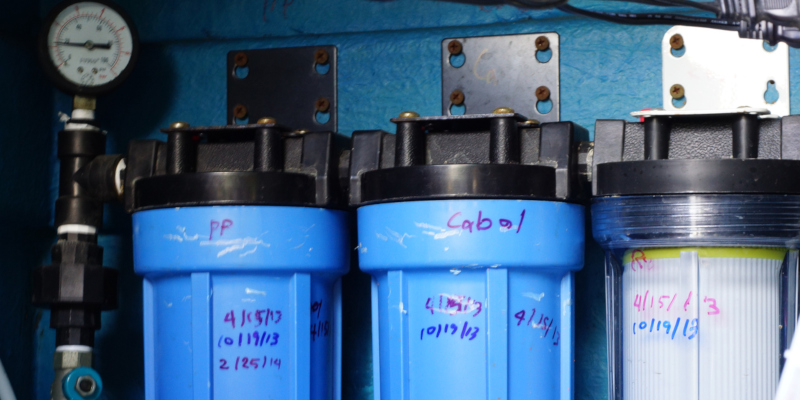
A water deionizer removes ionized minerals and salts from water, replacing them with hydrogen ions. The process uses two resins with opposite charges — positive (anionic) and negative (cationic). The anionic resins attract the negatively charged ions in the water (Chloride, Sulfate, Fluoride, etc.) and release the hydroxide equivalent (OH-). The cationic resins attract positively charged ions (Calcium, Sodium, and Magnesium being some of the most common) and release the hydrogen ion equivalent (H+). These remaining ions combine to form water (H+ + OH- = H2O).
Many commercial industries use some form of a water treatment system via a deionizer to remove impurities from water. Deionized water is used for printed circuit boards, pharmacy, instrument manufacturing, microelectronics, washing liquids, etc.
Depending on your industry, you can install a multi-stage water treatment and purification system that uses both water deionization and reverse osmosis to produce water that is more pure than even distilled water. If your facility is already using a reverse osmosis system, then a water deionizer is a great way to take your water purification to the 100th percentile. Reverse osmosis can purify water, but it can only make it 90% to 99% pure. Adding a deionization filter to your water treatment and purification system will ensure you’re removing the remaining contaminants.
Do routine maintenance to ensure that your water is tested regularly and your deionizer cartridge is replaced every 12 months. If you think your business could benefit from a water purification system that includes a water deionizer, look for a company that specializes in water treatment products and systems.

